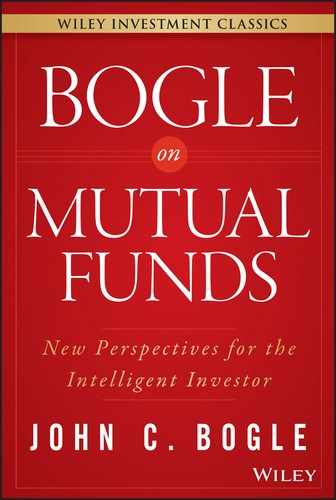Book Description
The seminal work on mutual funds investing is now a Wiley Investment Classic
Certain books have redefined the way we view the world of finance and investing—books that should be on every investor's shelf. Bogle On Mutual Funds—the definitive work on mutual fund investing by one of finance's great luminaries—is just such a work, and has been added to the catalog of Wiley's Investment Classic collection. Updated with a new introduction by expert John Bogle, this comprehensive book provides investors with the wisdom of the pioneer of mutual funds to help you identify and execute the ideal mutual fund investment choices for your portfolio.
The former Vanguard Chief Executive, Bogle has long been mutual funds' most outspoken critic; in this classic book, he provides guidance on what you should and shouldn't believe when it comes to mutual funds, along with the story of persistence and perseverance that led to this seminal work. You'll learn the differences between common stock, bond, money market, and balanced funds, and why a passively managed "index" fund is a smarter investment than a fund managed by someone making weighted bets on individual securities, sectors, and the economy. Bogle reveals the truth behind the advertising, the mediocre performance, and selfishness, and highlights the common mistakes many investors make.
Consider the risks and rewards of investing in mutual funds
Learn how to choose between the four basic types of funds
Choose the lower-cost, more reliable investment structure
See through misleading advertising, and watch out for pitfalls
Take a look into this timeless classic and let Bogle On Mutual Funds show you how to invest in mutual funds the right way, with the expert perspective of an industry leader.
